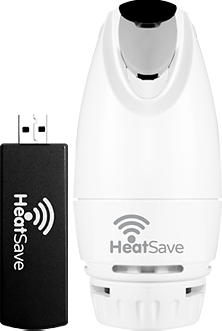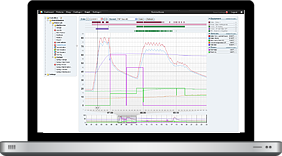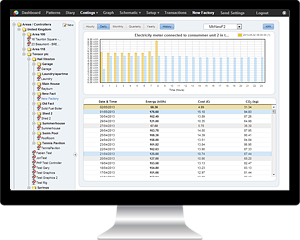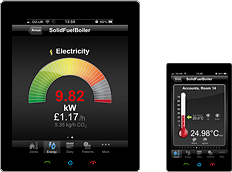The UK government has recently revealed the fact that it plans to redefine the concept of fuel poverty by taking into account the Low Income High Costs (LIHC) framework that was recommended by Professor Hills in his Independent review.
According to the new definition, a household is considered to be fuel poor where they have required fuel costs that are above average (the national median level) and were they to spend that amount, they would be left with a residual income below the official poverty line.
Furthermore, according to the new framework, the low income high cost indicator consists of two parts. The first part is represented by the number of households that have both low incomes and high fuel costs, while the second part is represented by the depth of fuel poverty amongst these households.
This is measured in terms of a fuel poverty gap, which represents the difference between the modelled fuel bill for each household, and the reasonable cost threshold for the household. This is summed for all households that have both low income and high costs to give an aggregate fuel poverty gap.
According to the new LIHC measures, around 2.39 million households in England were fuel poor, representing approximately 11% of the overall population. The aggregate fuel poverty gap under this new measure increased by £23 million, to £1.05 billion in 2011, while the average fuel poverty gap increased by £24 to £438 in 2011.
The key drivers behind fuel poverty are typically represented by household income, the cost of energy and the energy efficiency of the property. And while HeatingSave can’t help in terms of the actual cost of energy, our advanced Building Energy Management System will certainly make any property more energy efficient, and in the same time boost household income by saving up to 30%+ on the energy bills.
If you’d like to find out more information on the HeatingSave system, just contact our dedicated team, they’ll be more than happy to answer all of the questions and queries you might have.






